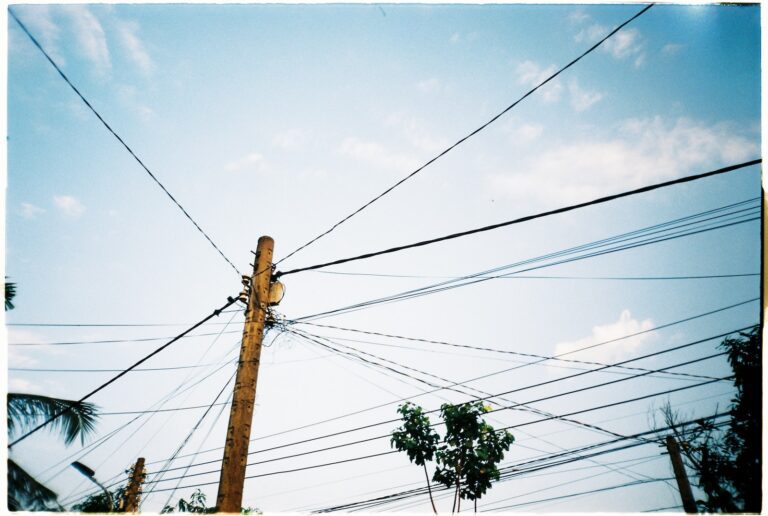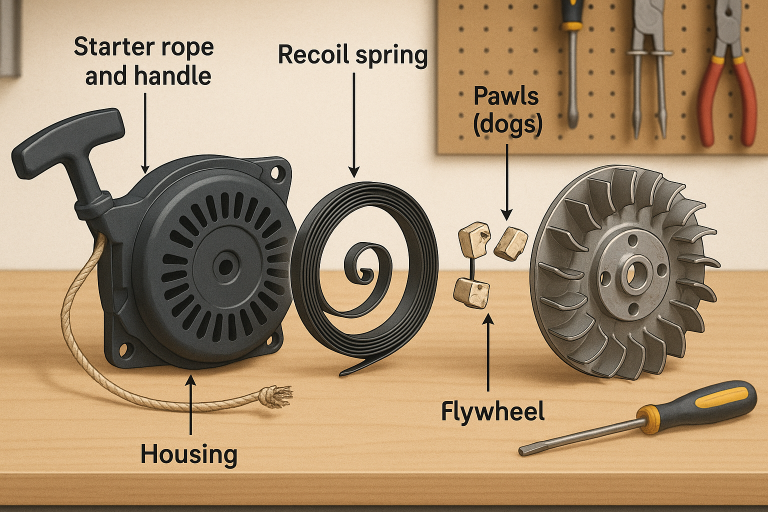Generator Transfer Switch Wiring Diagram
I’ll guide you through the components and connections involved in wiring a generator transfer switch.
Understanding the basics of generator transfer switch wiring is crucial for a successful installation. It’s important to note that only a licensed professional should handle this task.
By following proper wiring practices and consulting with an electrician, you can ensure the safe and reliable operation of your generator transfer switch system.
Let’s dive into the details of a generator transfer switch wiring diagram for a successful installation.
Key Takeaways
- Components of a generator transfer switch wiring diagram include the generator, transfer switch, utility power, load center, and circuits.
- The wiring diagram shows the connections between these components, including the generator connected to the transfer switch, the transfer switch connected to the load center, and the circuits connected to the load center.
- Wiring a generator transfer switch requires electrical knowledge and expertise and should only be done by a licensed electrician.
- It is important to follow the manufacturer’s instructions and local codes, take safety precautions, and consult with a licensed electrician for proper installation and compliance with regulations.
Understanding the Basics of Generator Transfer Switch Wiring
Understanding the basics of generator transfer switch wiring involves familiarizing myself with the connections and components involved in the system.
One of the common mistakes in generator transfer switch wiring isn’t using a transfer switch at all. Some people try to connect their generator directly to the load center, which can be dangerous and damage the generator.
Using a generator transfer switch provides several benefits. First, it ensures that the generator and utility power are never connected at the same time, preventing backfeeding and protecting utility workers.
Second, it allows for easy switching between generator and utility power, providing a seamless transition during power outages.
Lastly, a transfer switch ensures proper power distribution to the circuits in the home or building, preventing overload and damage.
Step-by-Step Guide to Wiring a Generator Transfer Switch
I will now provide a step-by-step guide on how to wire a generator transfer switch.
- Turn off the main power supply to ensure safety.
- Connect the generator to the transfer switch using the appropriate cables and connectors.
- Connect the transfer switch to the load center by following the manufacturer’s instructions and local codes.
- Test the system by turning on the generator and checking if power is being transferred to the load center.
To troubleshoot common issues with generator transfer switch wiring, it’s important to check for loose connections, damaged cables, or faulty components. Regular maintenance is also crucial for maintaining a generator transfer switch system.
Best practices include inspecting the system regularly, cleaning any debris or dust, and ensuring proper ventilation. It’s recommended to consult with a licensed electrician for any complex wiring issues or maintenance tasks to ensure safe and reliable operation.
Key Components and Connections in a Generator Transfer Switch Wiring Diagram
One important key component in a generator transfer switch wiring diagram is the main breaker, which is connected to the load center. The main breaker acts as a safety device, allowing you to disconnect the power from the utility company and switch to generator power. It ensures that the generator power doesn’t backfeed into the utility lines, which could be dangerous for utility workers repairing the lines.
Additionally, the main breaker provides a convenient way to turn off the power to the entire load center when needed. When installing a generator transfer switch, it’s important to follow the manufacturer’s instructions and local codes to ensure proper installation.
The benefits of using a generator transfer switch include the ability to easily and safely switch between generator and utility power, as well as protecting your generator and electrical system from potential damage.
Ensuring Safety and Compliance in Generator Transfer Switch Wiring
To ensure safety and compliance in generator transfer switch wiring, it’s essential to follow proper installation procedures and adhere to local codes. Here are some important points to consider:
- Common mistakes in generator transfer switch wiring: Incorrect wiring connections, inadequate grounding, improper sizing of wires and breakers, and failure to properly label circuits can lead to dangerous situations and electrical malfunctions.
- Importance of regular maintenance for generator transfer switch: Regular maintenance, including checking for loose connections, inspecting and cleaning components, and testing the system, is crucial to ensure the safe and reliable operation of the transfer switch. Neglecting maintenance can result in equipment failure and potential hazards.
Troubleshooting Tips for Generator Transfer Switch Wiring
Identifying and resolving wiring issues is essential for ensuring the proper functioning of a generator transfer switch system. When it comes to generator transfer switch wiring, there are some common mistakes that can occur, leading to issues with the system.
One common mistake is improper connections, such as loose or incorrect wire connections. This can cause power interruptions or even damage to the system.
Another common issue is using the wrong wire size, which can lead to overheating and potential fire hazards. Troubleshooting these issues involves carefully inspecting the wiring connections, ensuring they’re secure and properly connected. It’s also important to check the wire size and make sure it matches the requirements of the transfer switch system.
Conclusion
In conclusion, understanding the components and connections involved in wiring a generator transfer switch is crucial for a safe and reliable power supply.
However, it’s important to remember that wiring should only be done by a licensed professional and in accordance with manufacturer’s instructions and local codes.
By prioritizing safety and compliance, and consulting with an electrician, you can ensure the successful installation and operation of your generator transfer switch system.


